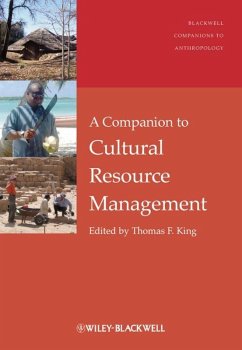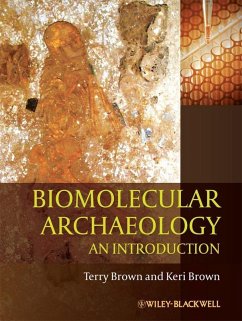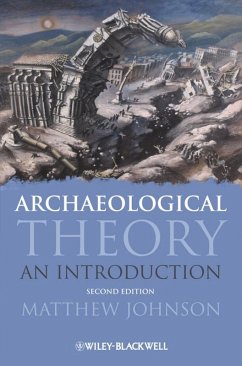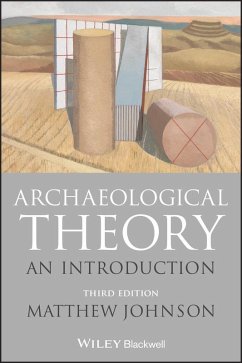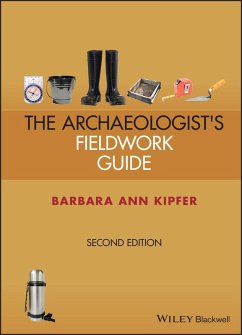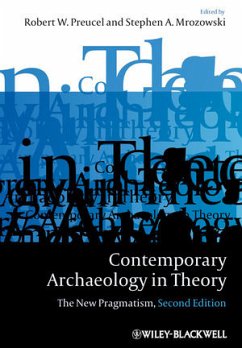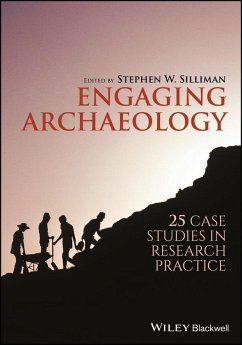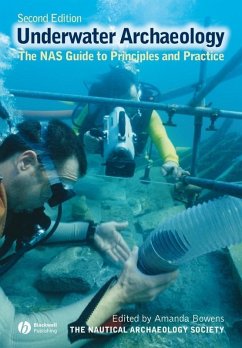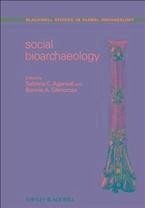
Social Bioarchaeology (eBook, ePUB)
Versandkostenfrei!
Sofort per Download lieferbar
36,99 €
inkl. MwSt.
Weitere Ausgaben:

PAYBACK Punkte
0 °P sammeln!
* Illustrates new methodological directions in analyzing human social and biological variation * Offers a wide array of research on past populations around the globe * Explains the central features of bioarchaeological research by key researchers and established experts around the world
Dieser Download kann aus rechtlichen Gründen nur mit Rechnungsadresse in A, B, BG, CY, CZ, D, DK, EW, E, FIN, F, GR, HR, H, IRL, I, LT, L, LR, M, NL, PL, P, R, S, SLO, SK ausgeliefert werden.




